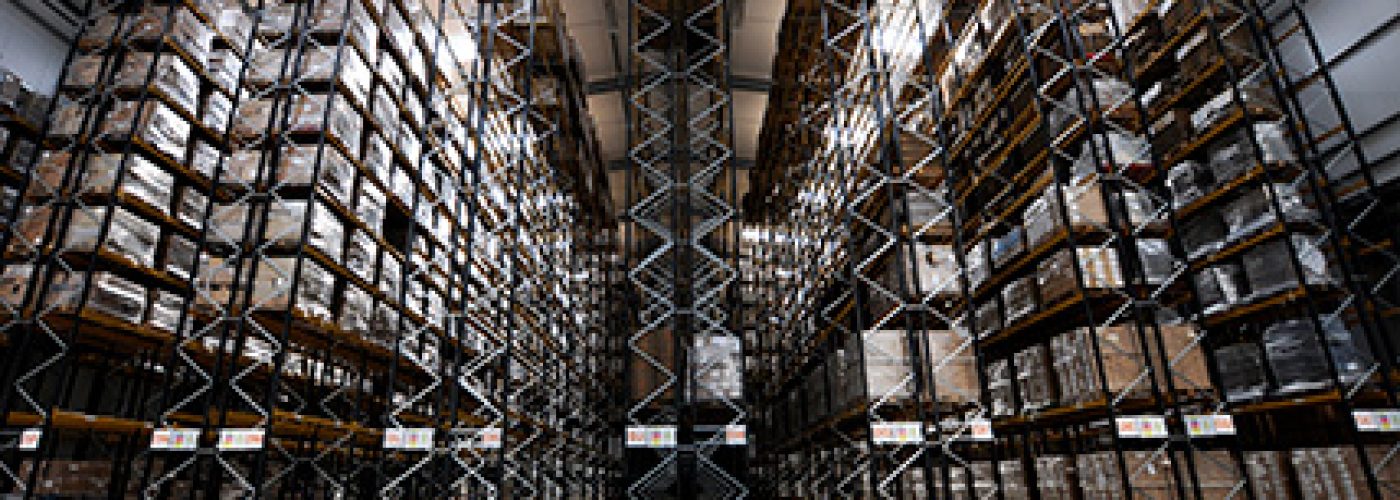For certain kinds of business, the cost of warehousing can be significant. If you have a huge volume of stock to keep, even if it’s just for a matter of days, then it’s vital that you make the most of the available space, while still keeping enough capacity available that you can cope with new orders without any disruption.
So how might you rearrange your warehouse for the sake of maximum efficiency? Let’s take a look at a few considerations.
Assessing the Floor Plan
Your floor plan should make it easy for you to store as many items as possible. But that’s not the sole consideration; your staff will also need to be able to easily access the goods they need. This might mean generous walkways, and traffic being directed to make sure workers aren’t getting in the way of each other.
Ensuring that traffic is able to easily flow from one section of the warehouse to the next will minimise disruption and help the entire facility to operate that little bit more efficiently.
Before deciding on any changes, it’s worth taking a walk around the warehouse floor, and talking to the people who’ll actually be living with the benefits and drawbacks of any changes.
Improving Inventory Management
Inventory management has come a long way over recent decades, thanks to a rapid proliferation of technological tools. Nowadays, there’s no need to remember where every single item is, because a computer can do it for you. What is more, the items on your shelves don’t need to be in any particular order, so long as they’re appropriately coded so that every given item is where the computer says that it is.
Your inventory and asset tracking management system should follow the Pareto principle, that 80% of outcomes come from 20% of inputs. In this case, it means that a minority of your stock accounts for most of the movement.
Generally speaking, the items that are most frequently reached-for should be the ones that are most easily reached. If a worker needs to make ten trips for one item for every one trip for another, then differences in location can have a disproportionate impact on productivity over the course of a working day.
Capacity
If you need your premises to be able to cope with surges in demand during particular times of year, then investing in temporary buildings might be worthwhile. These buildings can be easily thrown up for just a few weeks, and then disassembled. They can be useful if you need to bridge a gap during a specific period where stock is at a high.
Efficient Shelving
As well as assessing the larger-scale layout of the warehouse, it’s also worth assessing the shelving more closely. Different kinds of shelves are capable of storing certain items far more efficiently than others. Think about the amount of empty space that’s going unused and look for solutions that will fill that space.





